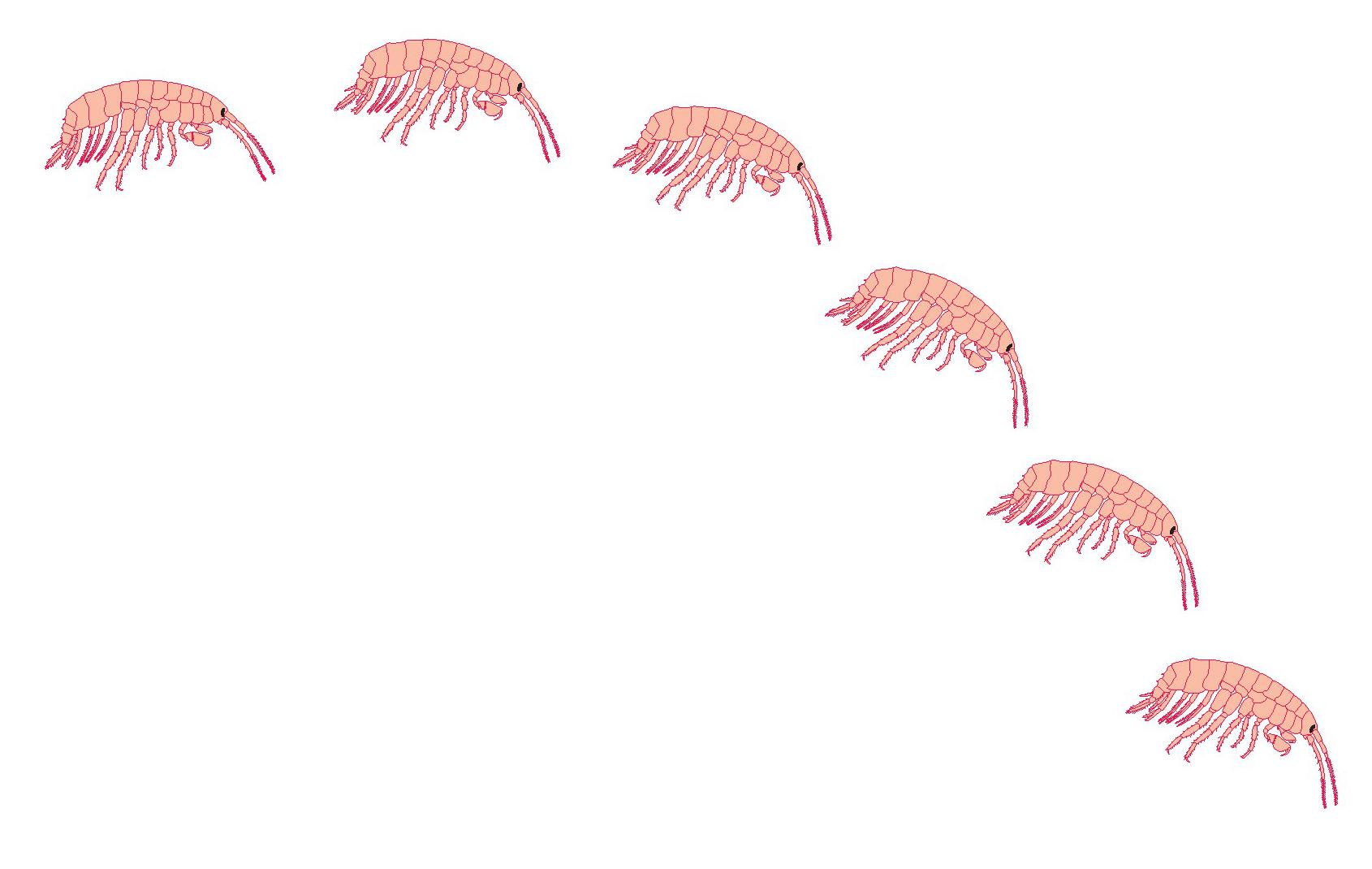
Biological invasions happen when a non-native (‘alien’) species establishes in a new location, away from its area of origin, and then extends its range. Range extensions can occur naturally, but biological invasions can also happen when the initial arrival in a new place is caused by human activity. In some examples, humans have moved organisms across natural barriers to dispersal. In others, those barriers have been compromised by human activity.
When a species becomes established outside its native range it has the potential to spread rapidly into new areas, sometimes resulting in dramatic ecological change. This has happened in the case of an alien invader of Britain’s freshwater habitats – the killer shrimp, Dikerogammarus villosus (see Figure 1).
Your organisation does not have access to this article.
Sign up today to give your students the edge they need to achieve their best grades with subject expertise
Subscribe




